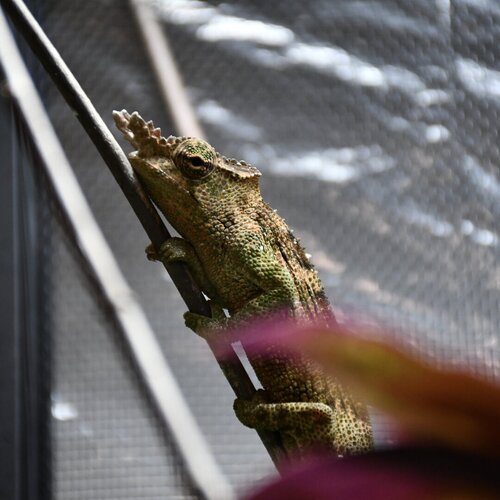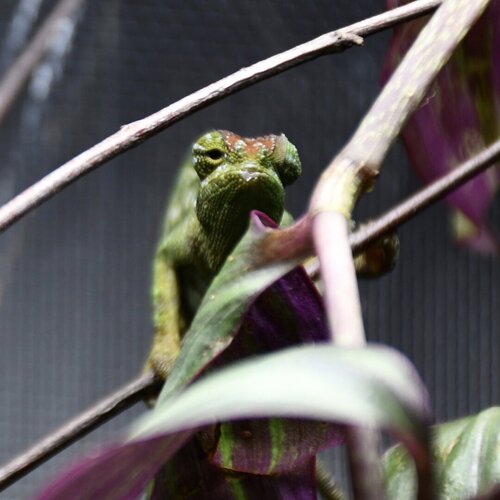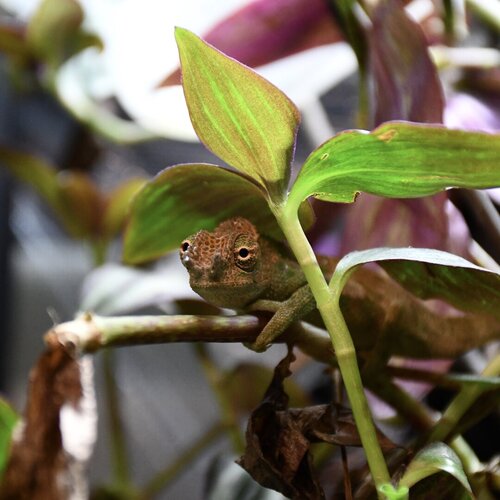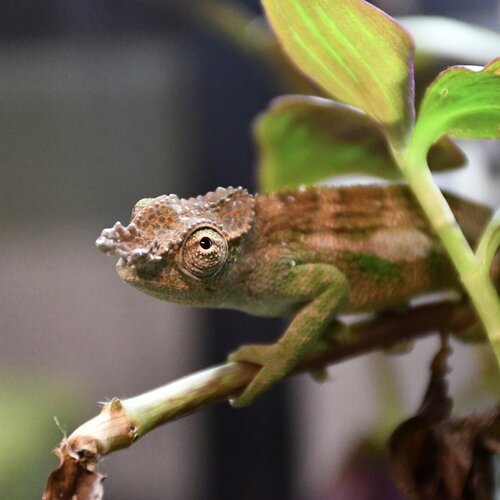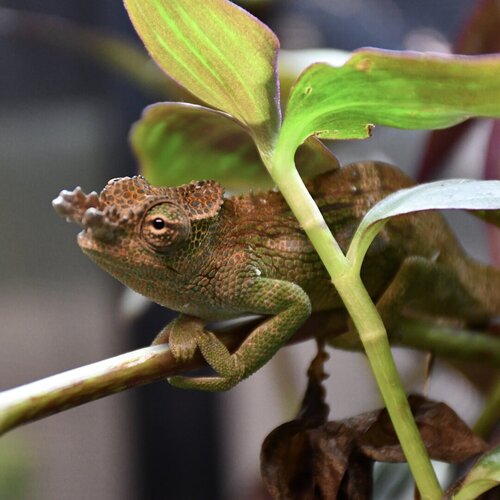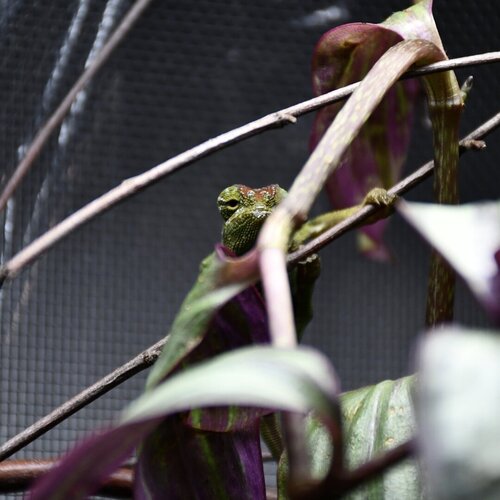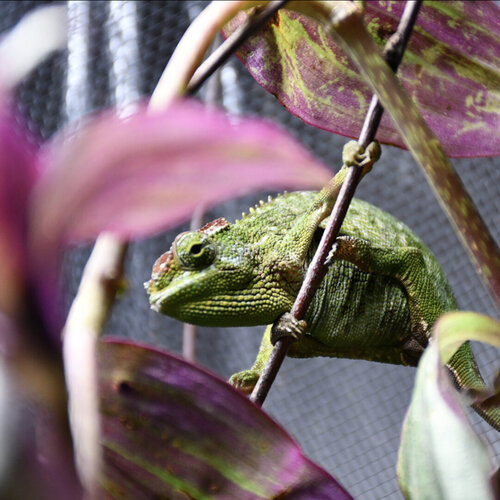snitz427
Chameleon Enthusiast
Not starting an argument on your thread @snitz427 don't worry, and Idt there is anything wrong with bee pollen, but this is a good example of how one could be confused. People say no multivitamin for montanes, but bee pollen yes! Bee pollen is a multivitamin and if it is digested by the cham, wouldn't it bring the same problems that a 'multivitamin' would bring when dealing with montanes? Or is the hype about multivitamins causing problems a myth and they should just be used in lower doses(which bee pollen could be a good example of) due to the slower metabolism of most montanes. Not trying to be disrespectful to anyone here. I just have a mild interest in nutrition and sometimes this stuff doesn't add up to me. I use multis with my Parsons during warm weather and very little of anything during cold weather personally.
I hadn't really thought as much about bee pollen, honestly, in terms of dosage. I have planned not to give them anything but calcium for a while as I have no idea what the seller was giving them as far as supplementation. I give the others bee pollen at least once a week, I figure they get it in the wild - or at least some variation of its ingredients. I still have quite a bit of research to do in terms of their supplementation, but as I am sticking to light calcium for now I figure I have a little time.
Last edited:







